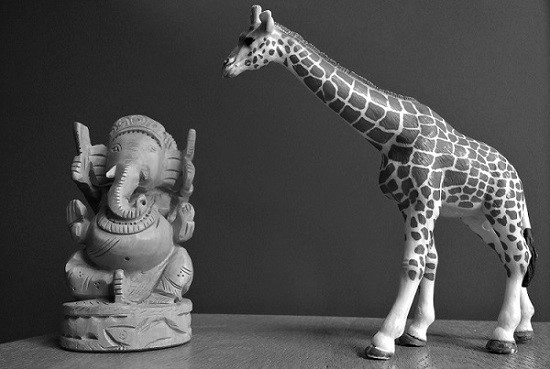Surviving co-authorship

Writing scientific papers is hard. Dealing with co-authorship issues is harder.
Here below I wrote a bullet-point list of what I believe are good co-authorship practices.
These are lessons learnt from problems I run into or mistakes I did.
I wrote them here as a reminder to myself. If they are useful for you too, well…good.
Always remember that…
1) Nobody, no matter his/her position, is entitled to be co-author by default
2) Only substantial contributions lead to co-authorship
3) The first author is in the best position to evaluate which contributions were substantial
A paper is a project and thus requires project management…
4) Deal with authorship issues openly and transparently. Bring them up for discussion instead of avoiding them. They will pop out anyway.
5) Discuss authorship before doing the research/experiments, and always before you start writing the paper. This means also clarifying with potential co-authors mutual expectations from the beginning.
6) Make a research plan and a writing plan with realistic milestones and concrete tasks. It allows keeping track of contributions. It is then easy to look back and check who did/delivered what and when in case of controversies.
7) Use the Acknowledgements section. Those who helped by reading a draft and giving comments, advices, and opinions are not co-authors, but deserve a formal “thank you” in the Acknowledgements (note: always ask the person before doing it).
Bonus, number eight…
8) In an ideal world, the previous points would be enough. Yet co-authorship is a sensible topic. Sometimes troubles are inevitable and somebody gets pissed off. Seek the advice of a senior colleague or peer in case of serious problems. Reading the Vancouver reccomendations can be of concrete help too.